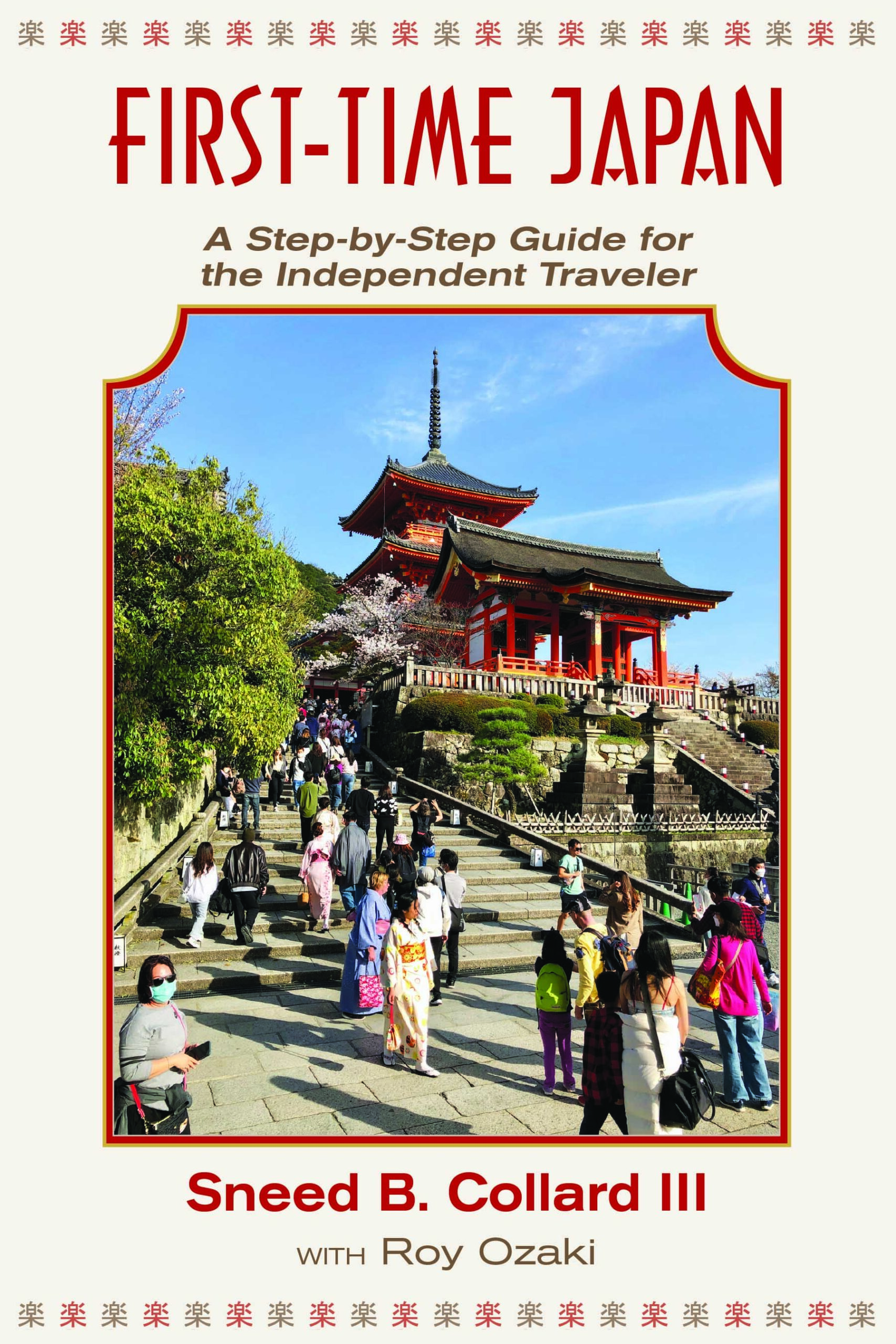
Since we published them, our birding posts about Japan have been read in more than a dozen countries. If you are planning your own trip to Japan, you’re in luck! Sneed’s new book, FIRST-TIME JAPAN: A STEP-BY-STEP GUIDE FOR THE INDEPENDENT TRAVELER, tells you everything you need to know about how to plan your trip to this remarkable, yet sometimes intimidating, country. Order now by clicking here.
Welcome to our Japan birding posts. In this edition, Sneed explores the “less visited” city of Kanazawa, a place that would turn out to be perhaps one of their favorite stops on trip—and with some surprising birds. If you are just tuning in to Japan, be sure to check in on our last post from Kyoto!
Leaving Kyoto, our (non-bullet) train took us through my favorite scenery yet in Japan. Just north of Kyoto, the train hugged the shoreline of Lake Biwa for more than half an hour. Seeing the lake on a map, I envisioned a forested wilderness, marked perhaps by some resorts or getaways, but the entire lakeshore was surprisingly built up with cities, towns, and farmland. Alas, the train was too far away from the lake to identify any birds except Black Kites and crows, though I did see an enticing shorebird flying across a field. Passing through a tunnel, we then entered picturesque mountain areas where I looked in vain for a Brown Dipper in the roaring streams we crossed. No luck. Emerging back onto a large plain, we more or less re-entered civilization until we arrived at our next destination, Kanazawa.
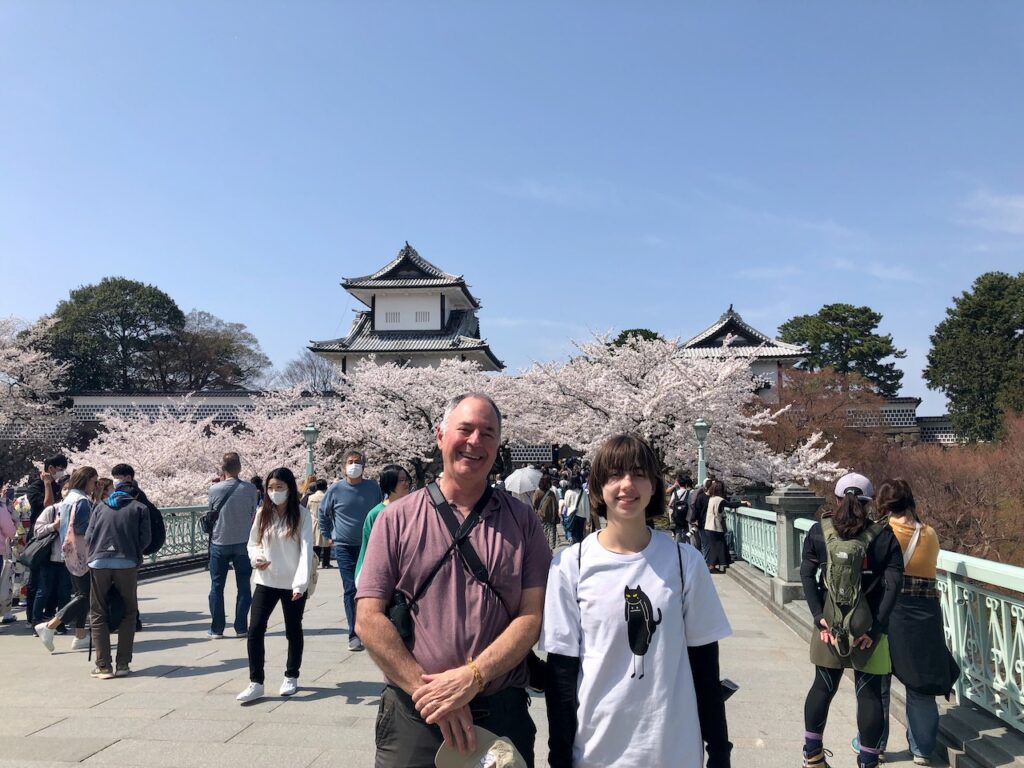
I had booked us a hotel right next to Kanazawa’s major tourist feature, a large castle set in a park-like setting, and as soon as we dropped our bags at the hotel, we grabbed a “set lunch” at a local café and headed straight to the castle. Tessa hadn’t seemed too impressed with other castles on the trip, but this one wowed us both—perhaps because of its dramatic approach and the glorious sakura flowers blooming at the gates. After going inside the castle, we took a wonderful walk on paths above it, where Tessa declared this was her favorite place so far on the trip. The birds also liked it well enough, with the omnipresent bulbuls, crows, and kites surrounding us. Descending back toward the castle, though, I spotted a trio of Oriental Greenfinches, and then a bird that stopped me in my tracks. “Oh my god,” I said out loud, and hurried forward hoping the bird wouldn’t move. It didn’t, and I got my first look at another bird at the top of my “To See” list: Daurian Redstart!

As delighted as I was with the redstart, I saved my real birding enthusiasm for the next morning when I left Tessa to hang out and grabbed a cab out to Kenmin Seaside Park, perhaps the only place left on the trip where I might see shorebirds or pelagic species. As soon as I arrived I glimpsed a departing tit of some kind and saw multiple Dusky Thrushes and White-eared Starlings feeding in a field. I hurried past them until I reached my primary destination, the beach. Alas, this was no natural beach. Giant cement breakwaters were piled up offshore and it was clear the area had been heavily worked over by dredging and industry. I saw a few flying birds too distant to identify and a flock of cormorants that took off long before I got close enough to attempt an ID, but that was it. No shorebirds. No waders. Just trash littering an evidently sterile expanse of sand.

I nonetheless started trudging my way north, planning to round the tip of the small peninsula and make my way back to the park to try some forest birding. Suddenly, my eyes caught movement. There among the trash, I saw one tiny shorebird, then another. I guessed right away they might be plovers and as I moved closer, the yellow rings around their eyes cinched it: Little Ringed Plovers—another life bird and perhaps my most rewarding Japanese species yet. I wish I could tell you that this find unleashed a flood of shorebird sightings, but no. They were it—two hardy survivors on a desolate beach.
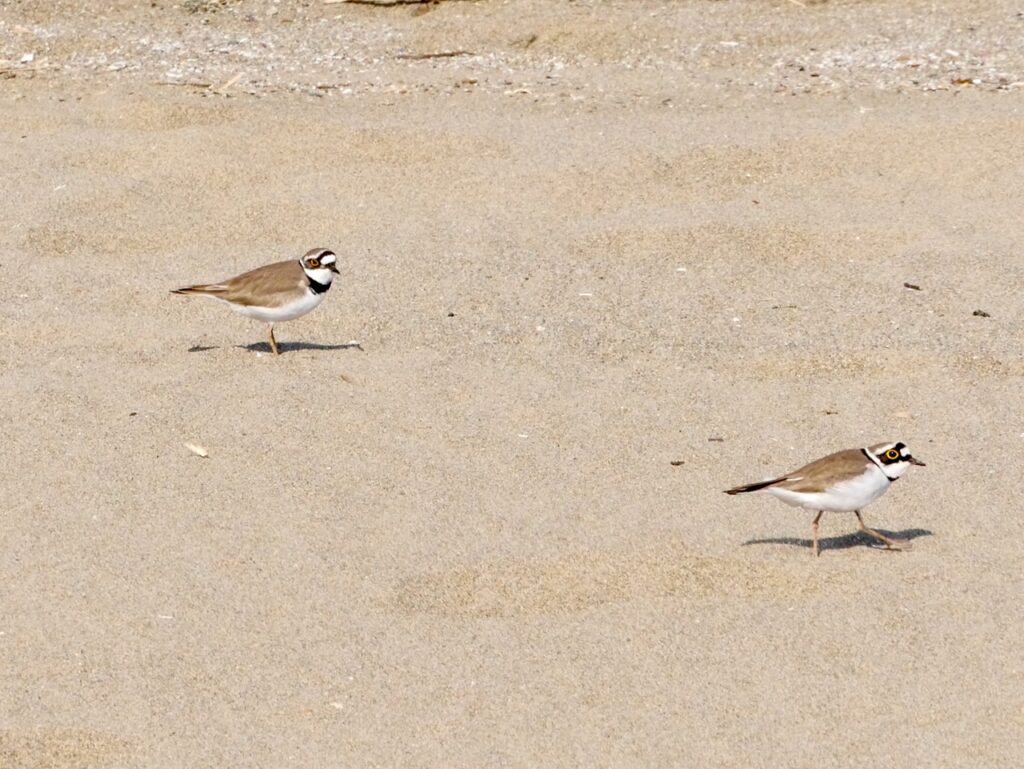
Fortunately, the birding got significantly better as I made my way back toward the main park. I picked up two more lifers in quick succession: Meadow Bunting and Asian House-Martin. Back in the forest, I encountered my best mixed flock of the trip, containing Japanese and Varied Tits, two Japanese Pygmy Woodpeckers, a Warbling White-eye, and a Japanese Bush Warbler.
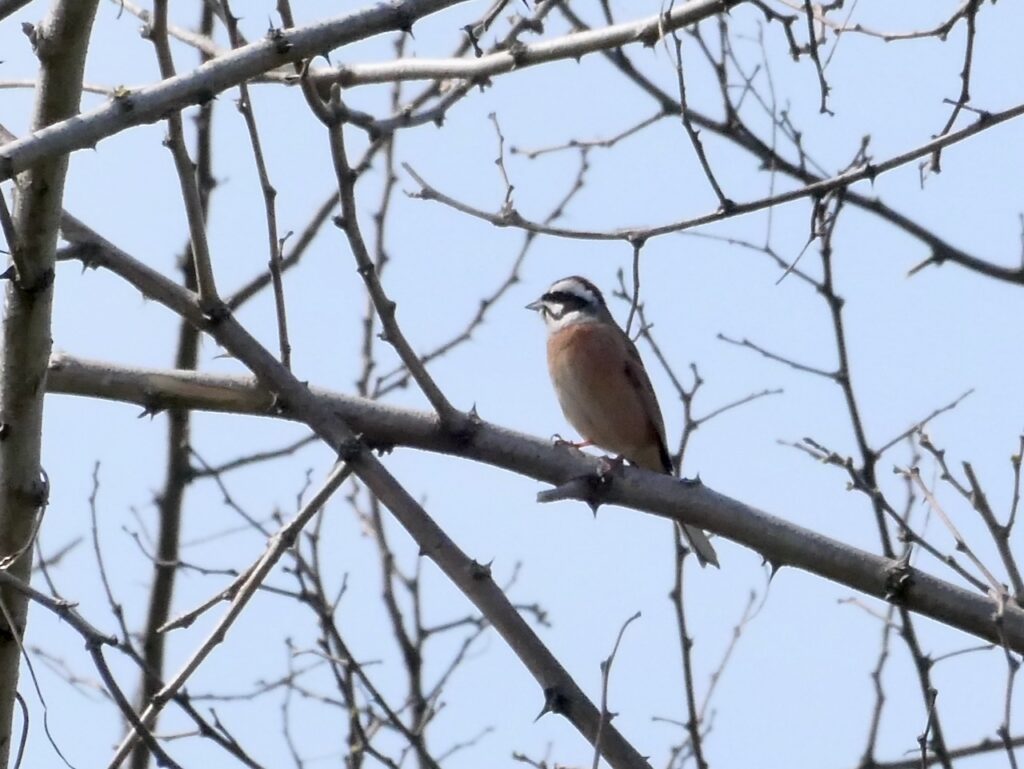
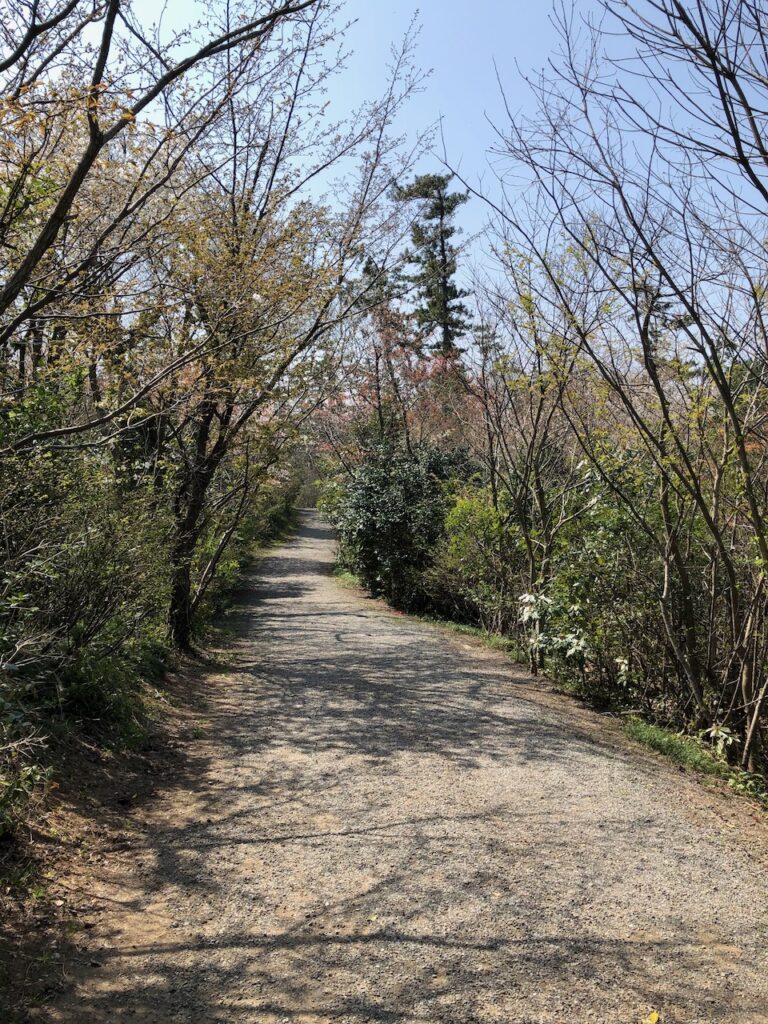
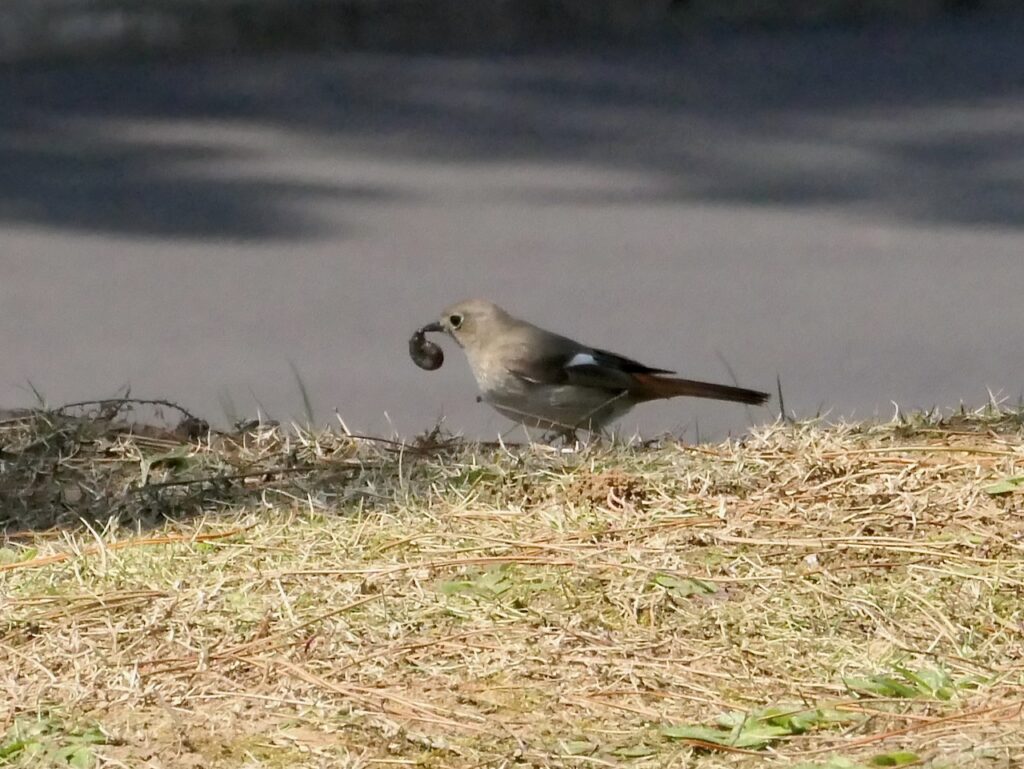
My time to meet my cab was, unfortunately, running out quickly, but as I hurried along a trail, I noticed three birds foraging under some trees. The first was a Dusky Thrush and I automatically assumed that the others were, too. I was wrong. They were Hawfinches! Braden and I had really hoped to see these odd chubby birds in Amsterdam or Israel in 2019, but to no avail. Now, on the other end of the Asian continent, I was staring at two of them cocking their heads at me in between going about their business. It was a great way to end the morning, and fixed Kanazawa as one of my favorite birding spots in Japan.
Sneed’s Kenmin Seaside Park eBird checklist.
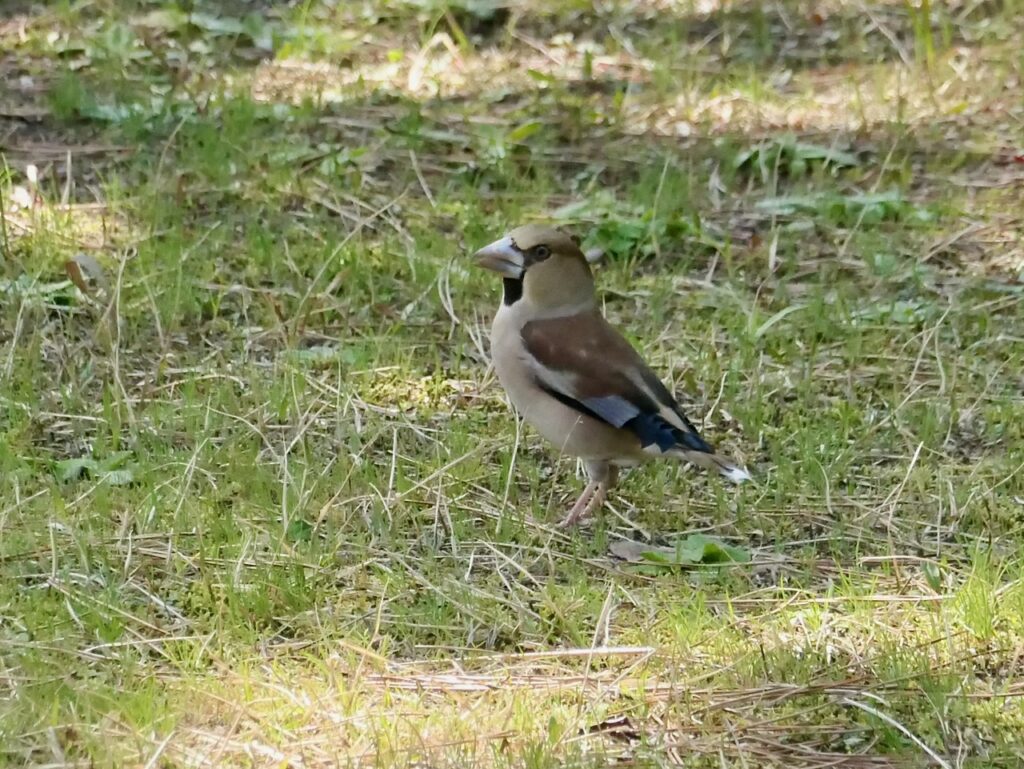

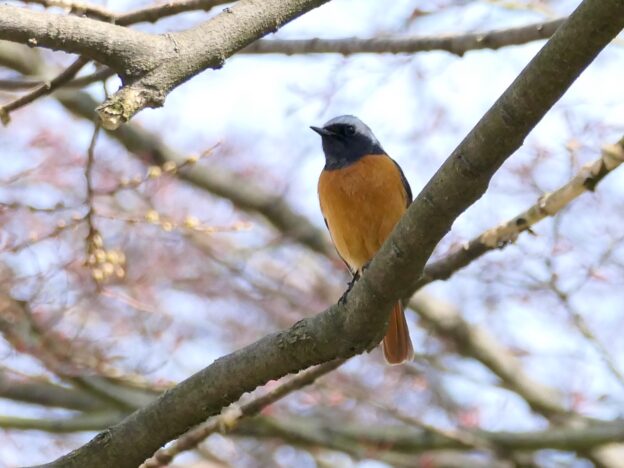
Castles and Lifers – what’s not to like?!
That Hawfinch reminds me of a grosbeak. Neat looking bird!
I’m enjoying the Japan posts. Virtual international travel is a good thing.
Thank you, Roger!
Hi. I was at the Kanazawa Castle Park a couple of days ago and saw a bird I was certain was a kingfisher, but the nagle of the sun essentially made it a silhouette in photos and of course it flew away when I got close. Do you know which species occur in this area? Google isn’t helping me much honestly. And your blog came up during my search…thought you might be able to help! Thanks!
Hi Tyler! My guess is that it was a Common Kingfisher. They have spectacular blue/turquoise backs and orange breasts. We only got a glimpse of two at the same time when we were visiting Kamakura. According to my field guide, it is the only common kingfisher in Japan this time of year! Hope you had a great trip!